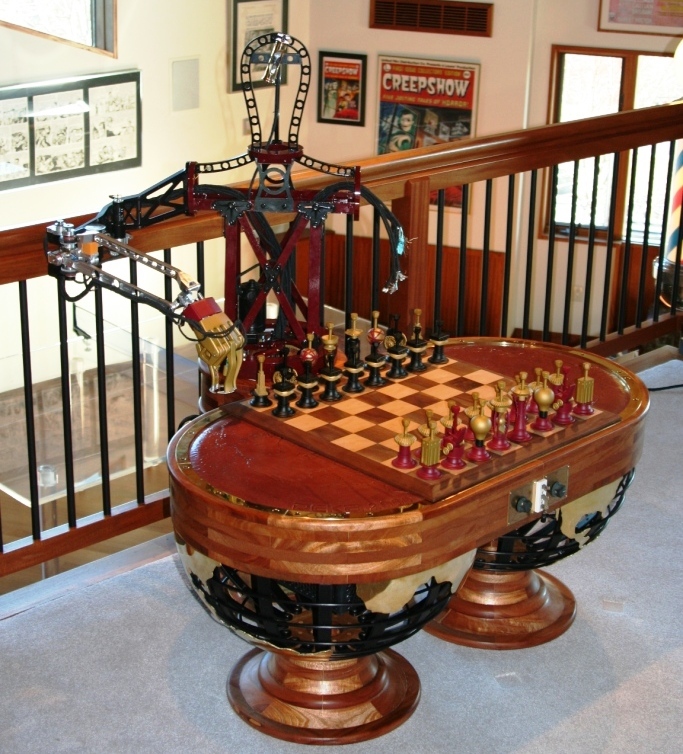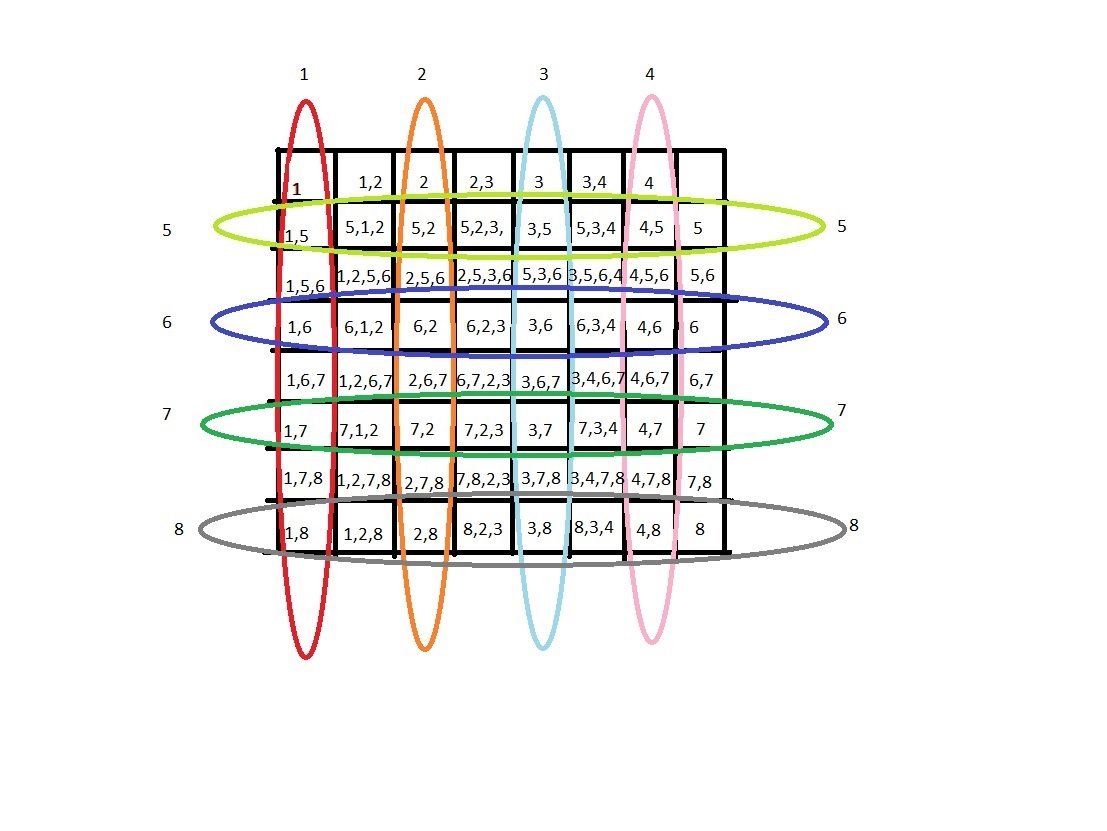Hi,
Is it feasable to design a circuit which will contain 4 antennas and a single RFID reader chip (TRF7963A), the concept I have in mind is detecting tags in 4 different locations (~15-20cms apart) and being able to detect from which location the tag was read. Circuit should be as low cost as possible this is why 4 TRF79XX chips is not a good solution.
The concept I was thinking about is using an analog RF switch/mux IC between the 4 antennas + their impedance matching circuit and the reader IC, connecting the mux control to a microcontroller GPIOs which is also connected to the reader data interface via SPI so by firmware I can create 'continous scanning' of the 4 antennas and when a tag is detected I can determine from which mux position it was read. I am interested in the most basic tag reading (no secure/encryption, just plain ROM ID 13.56MHz tags)
Is this something that can be designed or I am overlooking some major pitfalls here?
Thanks so much




